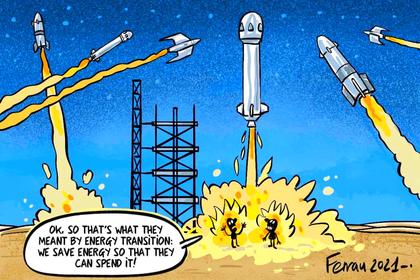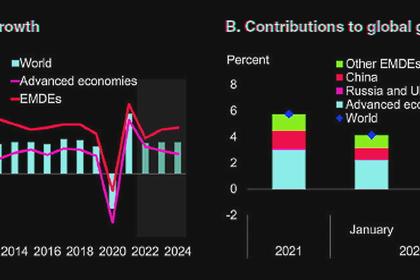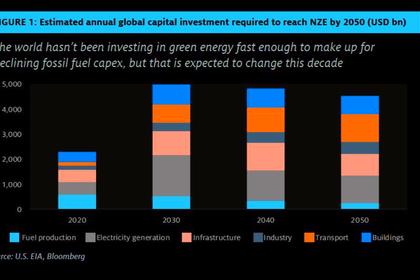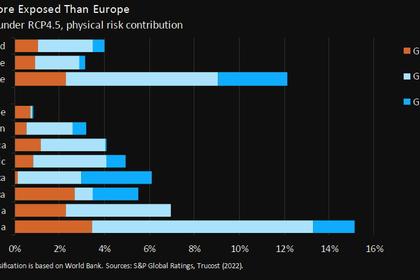
BASELOAD/ RENEWABLES REPLACEMENT
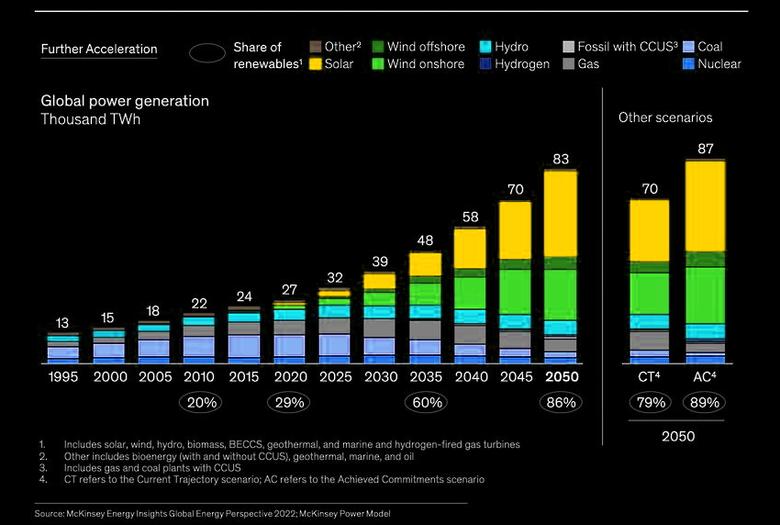
By ED REID Vice President, Marketing (Retired) / Executive Director (Retired) / President (Retired) Columbia Gas Distribution Companies / American Gas Cooling Center / Fire to Ice, Inc.
ENERGYCENTRAL - Jul 19, 2022 - Baseload powerplants operate continuously at, or close to, their rated capacity to meet the continuous demand on the electric grid. Nuclear power plants are typically operated as baseload plants. Some coal power plants are also operated as baseload plants, as are geothermal plants and hydroelectric plants, depending on local availability.
The transition to a renewable plus storage grid would require replacement of baseload coal generation and perhaps nuclear generation as well. Replacing reliable, continuous generation resources with discontinuous generation sources is a complex challenge. US EIA uses 40% as the capacity factor for new onshore wind generation and 30% for solar photovoltaic generation. The IEA uses 50% as the capacity factor for offshore wind generation. Clearly, these discontinuous generation sources are unsuitable for application as baseload generation without support.
At a minimum, replacing 1 GW of baseload generation would require installation of 2 GW of offshore wind capacity, 2.5 GW of onshore wind capacity or 3.3 GW of solar photovoltaic capacity, assuming each type of renewable generator operated at its average capacity every day throughout the year. However, that is not the case, as hourly, daily and seasonal variations in wind and solar conditions affect generator output.
Assuming that the renewable generators which constitute the 1 GW (24 GWh/day)of baseload generation are colocated and thus experience the same wind or solar conditions, 50% of the output of the offshore wind generators (12 GWh), 60% of the output of the onshore wind generators (14.GWh) and 67% of the output of the solar collectors (16 GWh) would need to be stored for use when the wind and sun are unavailable, on average.
As baseload generation, the renewable generators must reliably generate 24 GWh of power each day. Therefore, a day with no wind or no sun would require an additional 24 GWh of energy storage, or 27 GWh of storage capacity assuming a 90% round trip storage efficiency. Each additional possible day of no wind or no sun would require an additional 27GWh of storage capacity. This storage capacity would have to be charged before it was available for use.
Of course, once the stored energy is used to replace non-functioning generation, storage must be recharged. This could be accomplished by diverting a portion of the baseload generator output and increasing the output of intermediate load generators to replace the diverted baseload capacity. Diverting 25% of the baseload generator capacity for recharging would require 4 days to recharge storage for each day (24 GWh) of storage capacity used, assuming average renewable generation.
While some storage has been installed to smooth out brief fluctuations in renewable generator output and grid demand, the four-hour storage required to carry solar generation through the evening peak is only beginning to be installed, and the twelve to sixteen-hour storage required to time shift renewable output to provide baseload operation and the multi-day storage required to operate through low/no wind and solar days are not commercially available, nor is there any schedule for their availability.
Therefore, it is essential that conventional generation be retained to support renewable generation until these storage technologies are available and installed.
-----
This thought leadership article was originally shared with Energy Central's Generation Professionals Group. The communities are a place where professionals in the power industry can share, learn and connect in a collaborative environment. Join the Generation Professionals Community today and learn from others who work in the industry.
-----
Earlier:
